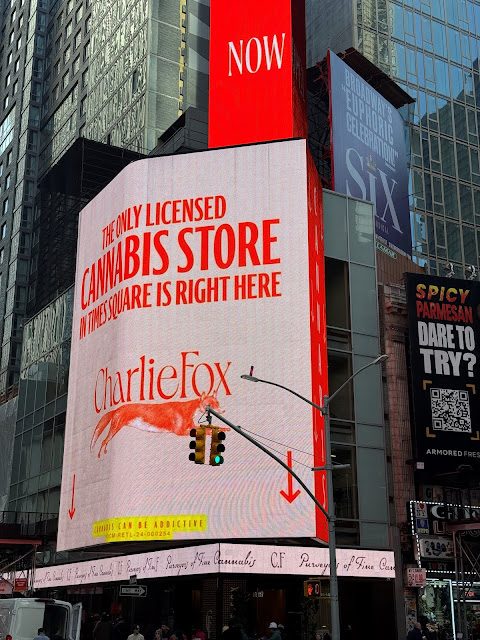Rise of Healthcare Jobs by Joshua D. Gottlieb, Neale Mahoney, Kevin Rinz, and Victoria Udalova, NBER Working Paper No. 33583 March 2025
ABSTRACT: "Healthcare employment has grown more than twice as fast as the labor force since 1980, overtaking retail trade to become the largest industry by employment in 2009. We document key facts about the rise of healthcare jobs. Earnings for healthcare workers have risen nearly twice as fast as those in other industries, with relatively large increases in the middle and upper-middle parts of the earnings distribution. Healthcare workers have remained predominantly female, with increases in the share of female doctors offsetting increases in the shares of male nurses and aides. Despite a few high-profile examples to the contrary, regions experiencing manufacturing job losses have not systematically reinvented themselves by pivoting from ``manufacturing to meds.''
...
"In 2006, healthcare overtook manufacturing in terms of employment, and in 2009 healthcare overtook retail trade to become the largest industry by employment in the U.S.
...
"We show that employment growth has been fairly uniform across most clinical occupations. The exception is a new category known as midlevels, which includes physician assistants and nurse practitioners. This category—which was too small to be consistently measured prior to 2010—has more than doubled since 2010, growing from 227,000 to 505,000 workers. As of 2022, there were more midlevels than primary care physicians, and midlevels provided more than half of primary care services in the U.S. (HRSA, 2023).
"This healthcare employment growth was accompanied by strong earnings growth, especially for nurses and midlevels in the middle and upper-middle parts of the clinical occupational distribution. Specifically, earnings grew nearly twice as fast for healthcare workers as for non-healthcare workers from 1980 to 2022; during this window, average healthcare earnings rose from 4% below to over 14% above the average for non-healthcare workers. While the top percentile of the wage distribution has fared better outside of healthcare, healthcare wages have grown faster for the rest of the distribution, and are particularly strong between the middle and the 95th percentiles. Indeed, with strong employment growth and earnings growth that outpaced the rest of the economy outside the very top, it is reasonable to conclude that healthcare has been a modern middle-class “jobs engine.”
"The descriptive analysis in this paper offers three key findings about the rise of healthcare jobs: the relatively strong growth of earnings in the middle and upper-middle parts of the distribution, including for nurses and midlevels; the partial convergence in gender ratios across clinical occupations; and the scant evidence of a systematic manufacturing-to-meds transition, despite high-profile examples."






